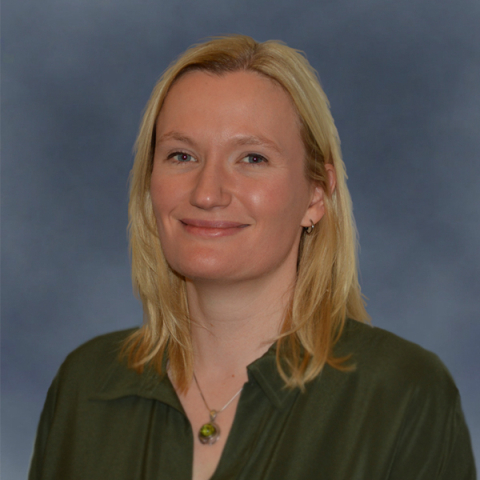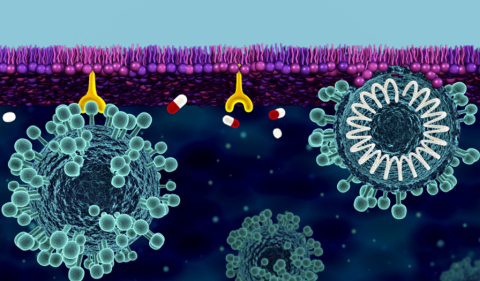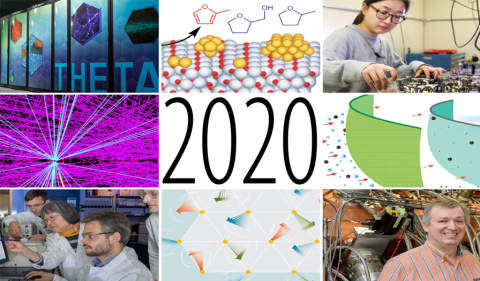
Suzanne Lapi heads a research group focused on the radiochemistry and development of production techniques of isotopes for medical imaging and therapy
The DOE’s Office of Science is collaborating with NASA to bring our space research to new heights.
University of Wisconsin–Madison physicists observed reef-forming corals at the nanoscale and identified how they create their skeletons.

Ryan Hayward studies organic polymers and molecules that conduct electricity.

Daniel Frederickson studies metallics to develop strategies for creating materials able to merge different functional domains at the nanometer scale.

The Office of Science has led the Department of Energy’s research and development efforts to respond to COVID-19.

The most popular posts of the year shared by the Office of Science.
Researchers have developed new 3D-printed microlenses with adjustable refractive indices.

Jeffrey Newman is improving methods for determining the distances to the stars, for ongoing and future dark energy experiments.
Scientists at Wisconsin–Madison U have discovered a way to control the growth of twisting, microscopic spirals of materials just one atom thick.

